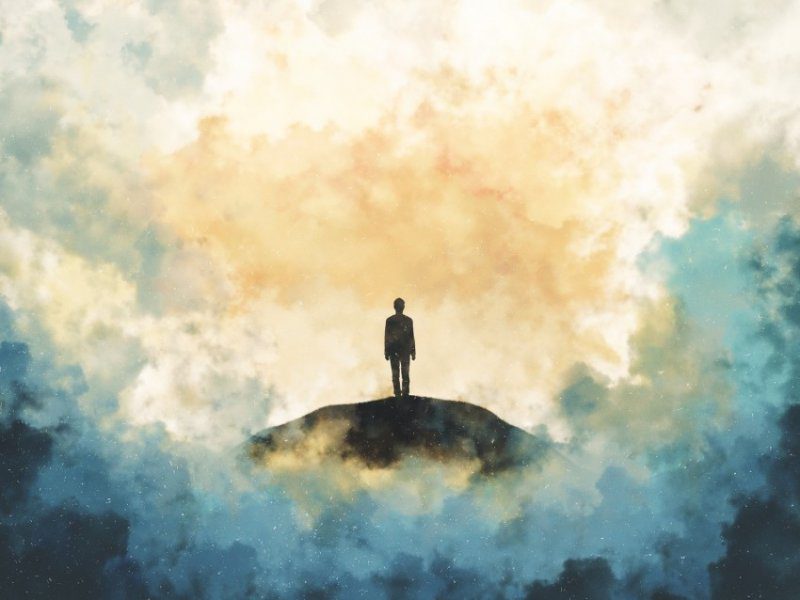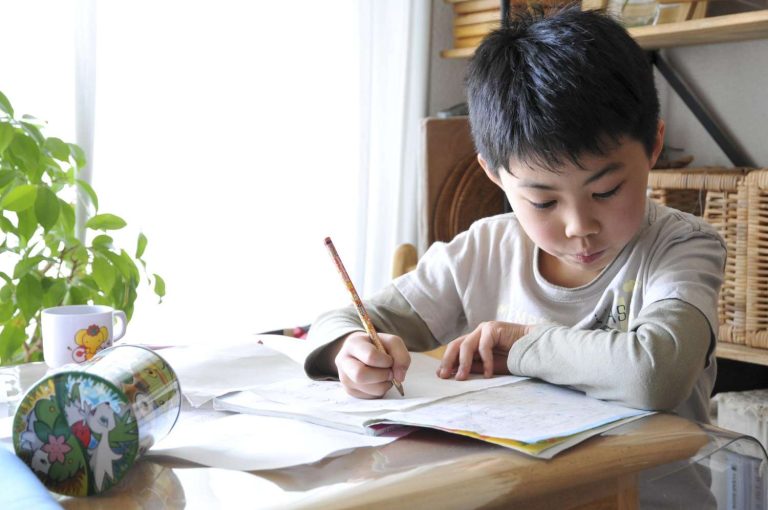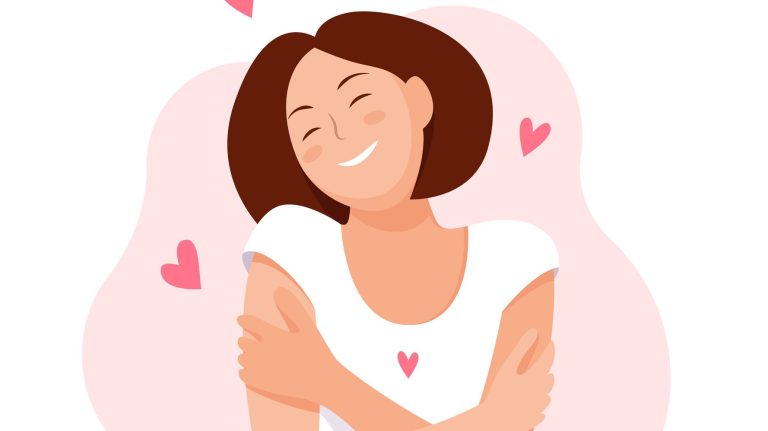I Feel So Lonely
If I had to define loneliness, it would be something like; craving contact with what is other than yourself. With this, I imply that loneliness is also something which prevents us from being at peace with ourselves. This will be mentioned again in a few moments.
Human beings are social animals, and as such, I think we seek to feel like we belong and to share experiences with others. The biological perspective, sees that our anatomy is designed to monitor, influence, and engage in social interactions (Heinrichs, Dawans, & Domes, 2009). This is the case with our prefrontal cortex which deals with social skills among other fancy tricks. Evolutionary studies point out that our social tendencies have presented several advantages to our survival (McGlynn, 2010). Loneliness is the distress that comes from a lack of desired social connection. We can experience loneliness when we are physically alone or in the company of an other/s. Loneliness is tedious since a lot of people have a difficult time admitting that they experience it.
Loneliness is painful and can significantly disrupt a person’s mental and physical wellbeing. When one is alone, thoughts of worthlessness and emptiness may at periods become overwhelming and debilitating even (Latson, 2018). The current worldwide pandemic has caused a butterfly effect in enabling the presence of loneliness around the globe due to physical distancing and the fostering of fear in the presence of others (McCartney, 2020).
John Cacioppo, the director of the University of Chicago’s Centre for Cognitive and Social Neuroscience said loneliness, ‘’is an aversive state that has evolved as a signal to change behaviour, very much like hunger, thirst, or physical pain, to motivate us to renew the connections we need to survive and prosper,’’ (Latson, 2018).
Loneliness is tied not only to the number of close relationships we have, but also to their quality. Relationships which lack authenticity do not allow either party to express their genuine self and so, no real connection is being made. There are infinite ways in which we mask our authenticity and bypass making true connections with people.
If we experience loneliness frequently, we are likely to develop a ‘negativity bias’, by perceiving signs of possible rejection faster than is necessary.
How do I overcome loneliness?
The following suggestions address loneliness by exploring self-awareness, self-care, and reaching out.
- Being alone and paying attention to yourself can lead you to where to invest your energy in order to nourish yourself. What are you interested in? Sports, dance, music, board games, or food? Whatever it is, you can find a community of people to either engage or share that activity with in different ways. The internet is a goldmine for these purposes.
- Exercising and being properly nourished by your diet are essential. Your body is a part of yourself in need of attention and care
- Nature heals and you know it. Take the time to visit natural areas and to be present there – feel the crunch beneath your feet and taste that sweet breeze. Pay attention to yourself in your surroundings.
- Therapy may offer the beginning of a gradual and sometimes strange process of getting to know the different and beautiful parts of one’s self, as well as the distressed parts which are preventing the possibility of making meaningful connections with others.
And my last message to you is to reach out for help if this feeling of loneliness is causing you distress. In a therapeutic process you could get to know yourself more lovingly in your complex entirety.
Amber Tabone practices Gestalt Psychotherapy with individuals and couples at Willingness. While currently reading for a Master’s in Psychotherapy, she has developed an interest in working with relationships, gender, and sexuality thanks to her experience with families and domestic violence issues.
References:
Heinrichs, M., Dawans, B. v., & Domes, G. (2009). Frontiers in Neuroendocrinology. Elsevier. Retrieved 8 23, 2020, from https://www.sciencedirect.com/science/article/pii/S0091302209000296
Latson, J. (2018, 3 7). Psychology Today. Retrieved from https://www.psychologytoday.com/us/articles/201803/cure-disconnection
McCartney, M. (2020, 08 22). Pandemics past and dystopian futures. The Art of Medicine. Retrieved 08 23, 2020, from https://www.thelancet.com/journals/lancet/article/PIIS0140-6736(20)31716-5/fulltext
McGlynn, T. P. (2010). How Does Social Behavior Evolve? Retrieved 8 23, 2020, from Nature Education Knowledge: https://www.nature.com/scitable/knowledge/library/how-does-social-behavior-evolve-13260245/







